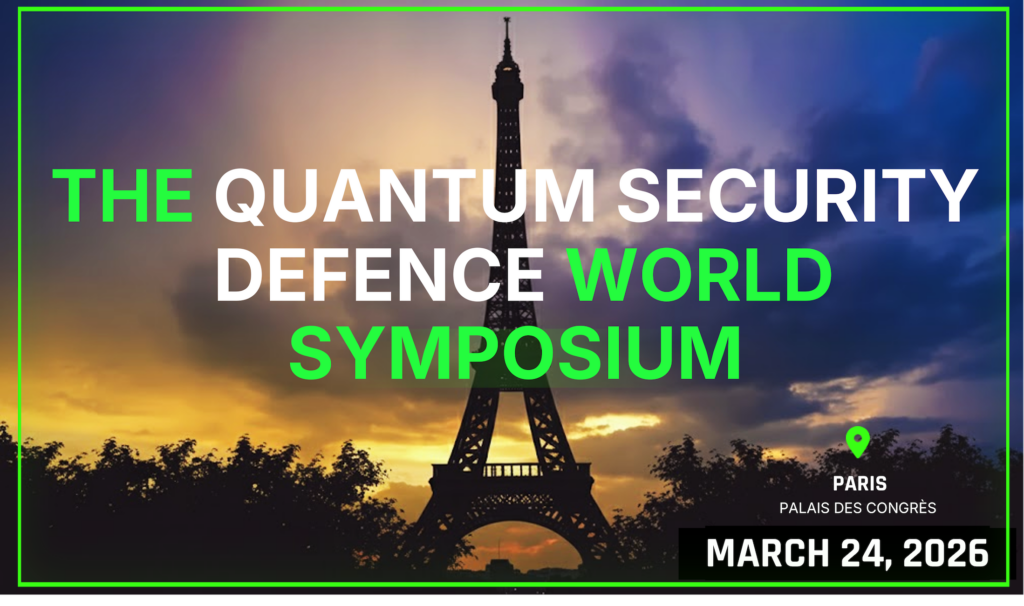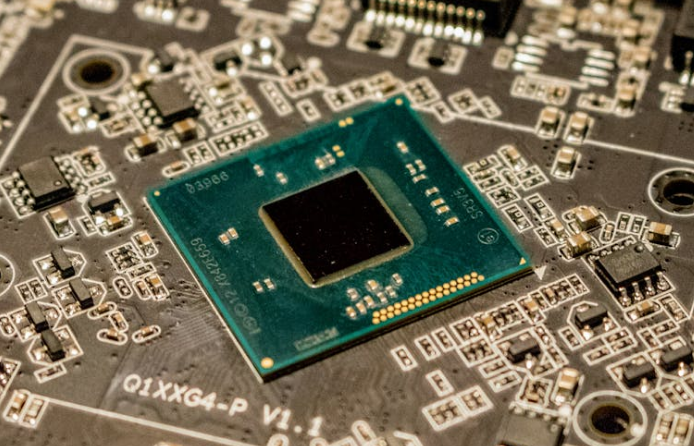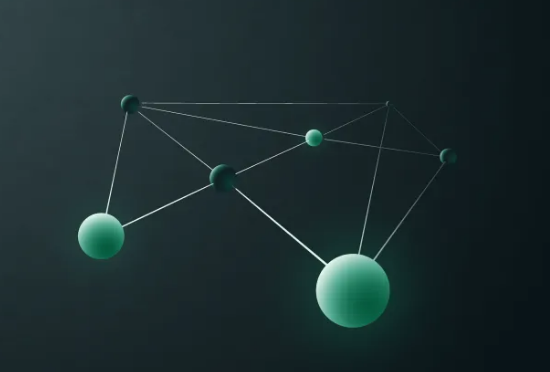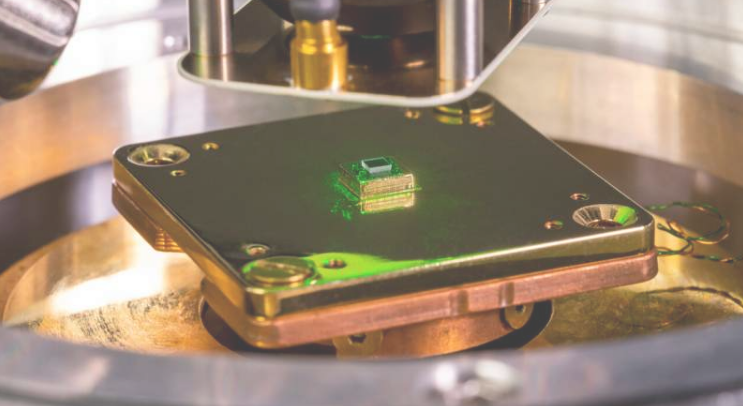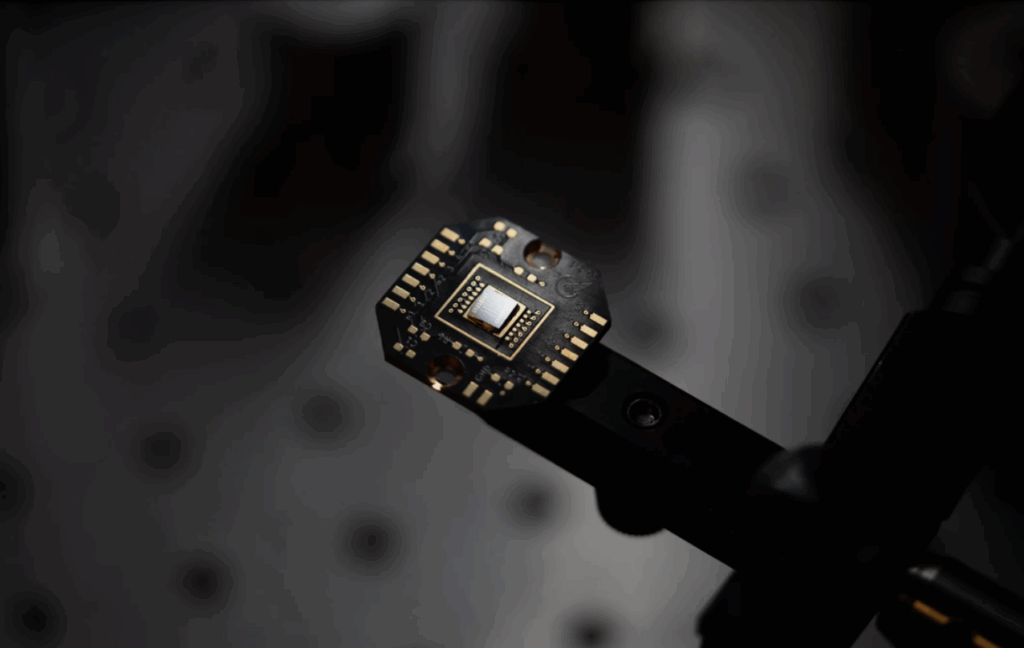Insider Brief
- A hybrid quantum-classical algorithm developed by IonQ and Oak Ridge National Laboratory solves the complex unit commitment problem in power grid operations with high efficiency and low approximation error.
- The method combines a quantum variational algorithm to identify promising generator configurations with classical optimization to fine-tune power output, achieving near-optimal results in large-scale simulations and on IonQ hardware.
- The approach reduces the need to evaluate every possibility by sampling a small set of candidates, and researchers suggest it could also apply to other large decision space challenges.
A new study from IonQ and Oak Ridge National Laboratory has demonstrated how hybrid quantum-classical computing can tackle one of the power industry’s thorniest challenges—deciding which power generators to turn on and how much electricity each should produce.
The study, posted on arXiv, introduces an algorithm that leverages both quantum computing and classical optimization to solve the “unit commitment” (UC) problem — an exponentially complex task essential to daily power grid operations.
By integrating IonQ’s quantum hardware with established classical techniques, the team was able to find low-cost solutions for power generation scheduling across a range of grid scenarios, including a model with 26 generators and a full day’s worth of hourly demand.

This hybrid approach could be used to explore extremely large decision spaces — for example, airline crew scheduling and drug discovery tasks — efficiently and arrive at approximate solutions that are within a few percentage points of the global optimum, the researchers suggest.
The Problem: Picking the Right Generators
At its core, the UC problem is about cost — which, in turn, can directly affect consumers.
Power grid operators must decide, for each hour of the day, which generators should be turned on and how much power each should produce to meet demand. This sounds simple, but the number of possible combinations explodes as the number of generators and time periods increases. For example, with 15 generators over 24 hours, there are more than 10^108 possible on-off configurations.
Adding to the complexity are real-world constraints: generators can’t operate below or above certain power limits, switching them on and off has a cost and sudden changes in power demand can throw off plans. Traditionally, solving this problem to optimality requires huge computing resources and time.
It’s a problem the researchers add, that quantum computers are well suited to help find answers.
“Quantum computing is an emerging computing technology that has potential to tackle such complex power system problems which are otherwise intractable for large-scale systems using classical computers,” the team writes. “The 2024 Quantum Information Science Applications Roadmap published by the DOE mentions smart allocation of resources in power grids as one of the use cases for quantum computing based optimization methods.”
The Solution: Divide, Optimize, and Conquer
To address this, the researchers created a three-step hybrid solution. First, they used a quantum algorithm to scan for promising combinations of generator states — essentially sieving the vast decision space to identify viable candidates. Then, for each candidate configuration, they used a classical optimization algorithm to fine-tune how much power each generator should produce. Finally, they picked the best solution from the refined set.
The quantum part of the algorithm uses a variational quantum approach, a method where a quantum circuit is adjusted iteratively to find the lowest energy state of a mathematical expression. In this case, that expression is a cost function representing generator operation. To simplify the problem for the quantum circuit, the team translated it into a QUBO (Quadratic Unconstrained Binary Optimization) form. The QUBO approach allows the problem to be cast as finding the lowest-energy configuration of a network of binary variables, which fits well with quantum computers.
The researchers tested their method using simulated quantum circuits and actual runs on IonQ’s Forte quantum processor, which supports up to 36 algorithmic qubits. The algorithm was applied to grids with 3, 10 and 26 generators, across 24 hourly time steps.
Small Errors, Big Potential
In simulations, the hybrid algorithm produced solutions within 0.55% to 2.7% of the optimal cost — depending on the size of the problem and the depth of the quantum circuit. For smaller systems, the algorithm was able to reach exact solutions. Even for the largest case with 26 generators, the average error remained around 2.5%.
When tested on IonQ’s real quantum hardware, the results were similar to the simulated ones. The researchers found “qualitative agreement between our VQA simulations and our hardware executions,” confirming the hardware’s usefulness even in the presence of noise.
It’s important to note that the algorithm avoided the need to consider every possible configuration of generators. Instead, it evaluated just 128 carefully chosen candidates per time period — a tiny fraction of the full space.
More Layers, More Accuracy—But at a Cost
The study also explored how circuit depth and complexity affected performance. More layers in the quantum circuit improved accuracy but required more time to train and execute.
In tests, the number of optimization steps needed grew roughly linearly with the number of circuit parameters. That puts a premium on smart circuit design — striking the right balance between expressiveness and computational cost.
The ansatz — which might be thought of as a starting guess or structure for solving a problem — was designed to trade off trainability and expressivity, the researchers write, noting that all-to-all connectivity in IonQ’s hardware allowed them to use a compact circuit layout with minimal gate overhead.
Future Work
The team suggests that future versions of the algorithm could use more advanced quantum techniques like variational quantum imaginary time evolution (varQITE). varQITE is a technique that helps a quantum computer gradually “cool down” into the best possible answer. It which may offer better performance on constrained optimization tasks like UC, according to the researchers.
They also called for customized circuit designs tailored to the specific structure of power grid problems. Improving the quantum part of the algorithm could help scale it to real industrial cases, where the number of generators might reach into the hundreds and include more operational constraints.
Ultimately, the work is part of a broader push to apply quantum computing to energy system optimization. Efficient power scheduling has implications for cost savings, grid stability, and carbon emissions.
By demonstrating that quantum computers can meaningfully contribute to solving real-world power planning problems — even in a hybrid mode — this study adds weight to the argument that early quantum advantage could emerge in industrial optimization before cryptography or chemistry.
The study was authored by a joint team from IonQ Inc. and Oak Ridge National Laboratory. From IonQ, the researchers include Willie Aboumrad, Martin Roetteler, and Evgeny Epifanovsky. Representing Oak Ridge National Laboratory are Phani R. V. Marthi and Suman Debnath.
If you are looking for a deeper dive into this work, the research paper — available on arXiv — is quite technical and offers more information than this summary news article.
Pre-print servers, such as arXiv, are used by researchers to distribute their work in fast-changing fields, such as quantum science. However, these works have yet to be officially peer reviewed, a key step in the scientific method. Likewise, this article should not be considered a peer-review attempt.












